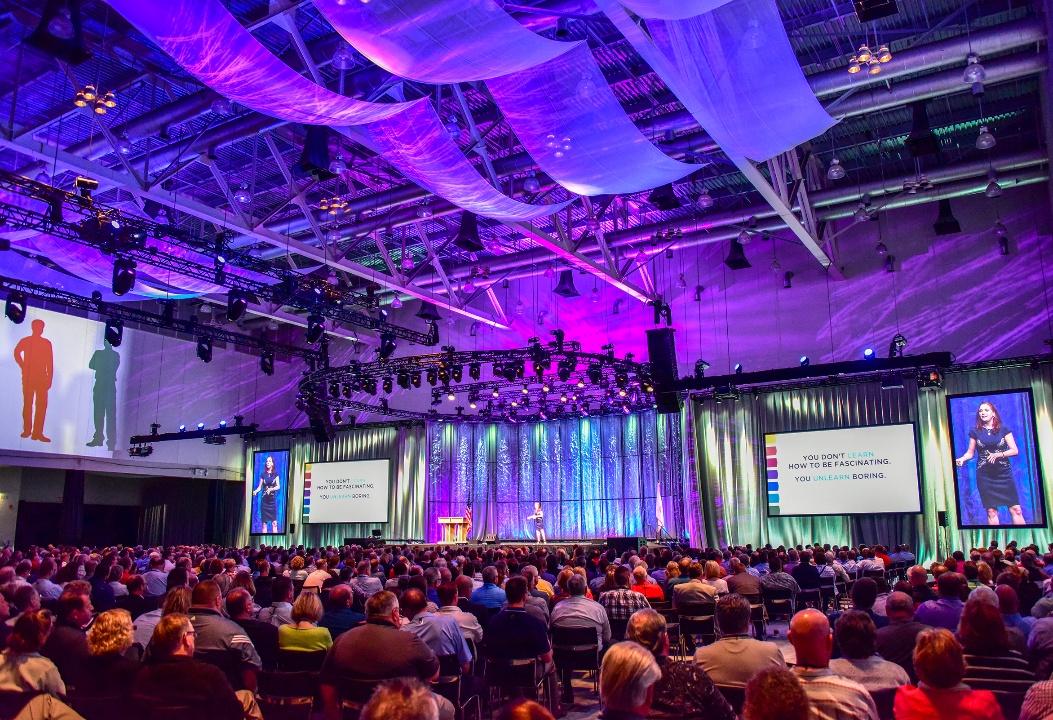Production Companies Nashville TN – Skilled Production Services for Commercial Projects
Wiki Article
Just How Production Firms Change Concepts Into Compelling Visuals
The procedure by which manufacturing companies change abstract principles right into compelling visuals is both intricate and systematic, beginning with the essential phases of ideation and manuscript growth. As the job advances via pre-production, production, and post-production, each stage demands careful attention to detail and placement of artistic elements.Recognizing the Creative Process
While the innovative procedure might differ significantly from one production company to one more, it commonly involves an organized approach that balances artistic vision with useful execution. The process begins with ideation, where concepts are brainstormed and refined. During this stage, creative teams participate in discussions that explore themes, narratives, and visual designs, ensuring that the core message aligns with the intended audience.Following ideation, the development stage takes facility phase, where scripts, storyboards, and shot listings are carefully crafted. This phase is important as it translates abstract ideas into substantial strategies, assisting in a smoother production process. The creative group works together carefully, making sure that every aspect, from casting to location looking, mirrors the creative intent.
Post-production additionally refines the visuals and noise, culminating in a sleek final product that reverberates with the audience. Therefore, understanding this structured imaginative procedure is important for valuing exactly how manufacturing companies transform ideas into engaging visuals.

The Function of Cooperation
Just how does collaboration improve the innovative result of manufacturing firms? At its core, collaboration is an important catalyst that cultivates innovation and imagination within the production landscape.
Additionally, collaboration motivates open communication, which is vital for navigating the intricacies of manufacturing. It grows an environment where feedback is valued, enabling for repetitive improvements and changes that elevate the end product. Ultimately, the collective spirit within manufacturing business offers to transform preliminary principles into compelling visuals that mesmerize viewers, reinforcing the relevance of team effort in attaining artistic excellence.
Pre-Production Fundamentals
Pre-production is a critical phase in the filmmaking procedure, commonly encompassing five vital actions that prepared for an effective manufacturing. The very first action involves script development, where the movie script is refined, guaranteeing that the story is natural and engaging. This is adhered to by budgeting, which develops the financial framework for the project, determining vital costs connected to cast, team, locations, and equipment.The third step is casting, a crucial procedure that entails picking the appropriate stars to represent the personalities authentically. A well-cast movie can considerably improve the story's effect. Next, location scouting is conducted to find suitable filming websites that line up with the vision of the job, thinking about logistical elements such as availability and licenses.
Catching the Vision in Production
In the dynamic setting of a movie set, capturing the vision in manufacturing calls for careful sychronisation and partnership among all divisions. Each group, from cinematography to art direction, plays a vital duty in converting the movie script into aesthetic images that resonates with audiences. The supervisor's vision should be efficiently communicated to make certain that every shot, angle, and lights option aligns with the overarching story.Cinematographers are charged with selecting electronic camera devices and lenses that best share the tale's tone, while manufacturing developers create immersive atmospheres that see here enhance the aesthetic experience. Wardrobe and makeup teams add by forming personalities with their look, reinforcing the story's motifs.
Sound layout and songs additionally complement the visuals, establishing psychological context and increasing target market interaction. Daily sychronisation meetings and on-set interaction networks help with real-time changes, making sure that any imaginative nuances are caught as they arise.
Eventually, capturing the vision in manufacturing has to do with balancing these varied elements discover this to create a natural and engaging visual story. The joint initiative not just brings the script to life however also lays the structure for a powerful motion picture experience.
Post-Production: Refining the End Product
Post-production plays a vital duty in refining the end product, changing the raw video footage caught throughout manufacturing right into a polished cinematic experience (production companies nashville tn). This phase includes numerous vital processes, consisting of editing and enhancing, audio design, color adjustment, and visual impacts, each adding to the overall narrative and psychological influence of the film
Audio style is equally crucial, including the enhancement of dialogue, sound effects, and climatic noises that improve the seeing experience - production companies nashville tn. The cautious layering of audio elements assists immerse the audience in the tale world
Shade modification better improves aesthetic appeal, changing hues and contrasts to produce a cohesive visual that lines up with the movie's mood. This action makes sure that each frame reverberates psychologically with audiences.
Verdict
To conclude, the improvement of concepts into compelling visuals requires an organized and collaborative technique within manufacturing companies. By focusing on communication and sychronisation throughout the imaginative process-- from ideation and pre-production to manufacturing and post-production-- these firms successfully line up numerous artistic elements with the narrative. This careful technique not just boosts narration but also mesmerizes target markets, inevitably causing immersive and engaging cinematic experiences that resonate deeply with internet customers.Report this wiki page